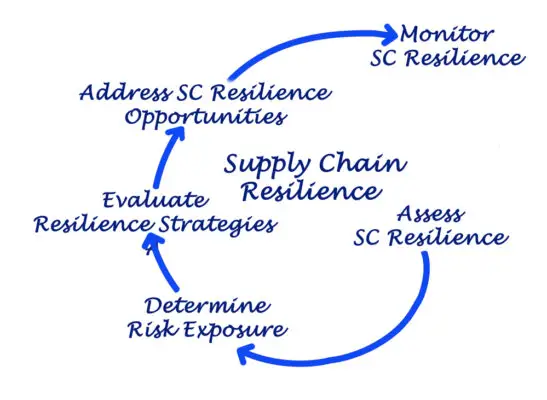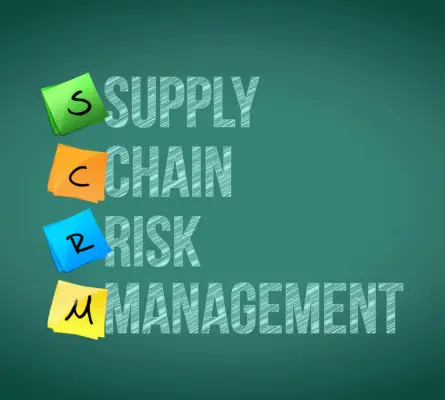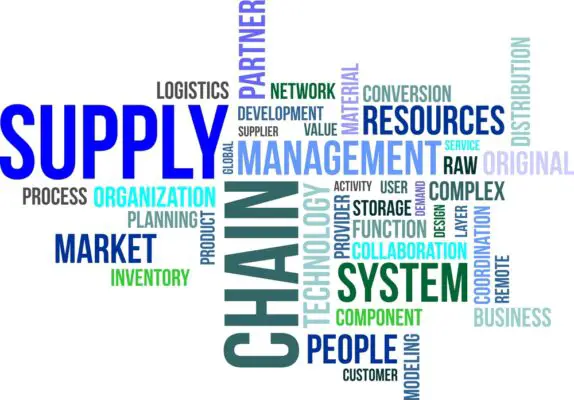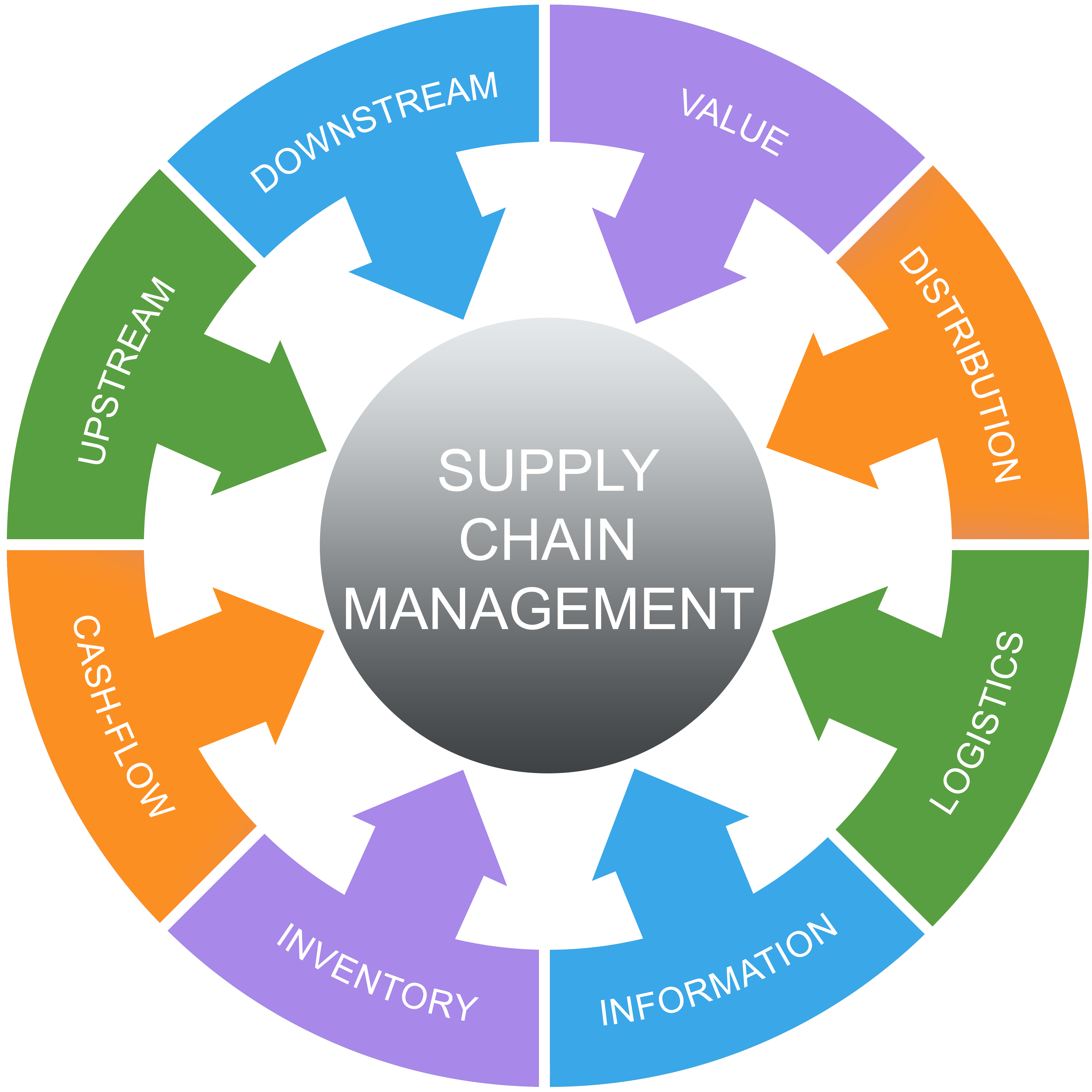Supply chain disruptions have become a common concern for businesses of all sizes, as they can cause significant financial losses and damage a company’s reputation. These disruptions can arise from various factors, such as natural disasters, geopolitical tensions, and unexpected events like the COVID-19 pandemic. Therefore, it is crucial for businesses to take proactive measures to mitigate these disruptions’ impact and ensure their operations’ continuity.
Avoiding supply chain disruptions requires strategic planning, risk management, and technology to ensure visibility and adaptability within the supply chain. Here are some strategies to consider:
Risk Assessment: Conduct a thorough risk assessment to identify potential disruption points in your supply chain. This could include factors like reliance on single-source suppliers, geographical risks, political instabilities, or even potential impacts from climate change. Regularly reassess these risks as situations can change rapidly.
Diversification: Avoid over-reliance on a single supplier or a single geographical region. Multiple sources can help avoid disruptions if one supplier cannot meet demand.
Visibility: Use technology to gain end-to-end visibility into your supply chain. Real-time tracking can help you understand where potential delays or blockages are occurring so that you can address them proactively.
Flexibility: Create a flexible supply chain that can adapt to changing circumstances. This could mean switching suppliers quickly or designing your production process so it can be easily adjusted to changes in supply.
Collaboration: Work closely with your suppliers and understand their capacities and vulnerabilities. Open communication can help anticipate problems before they turn into major disruptions.
Inventory Management: Depending on the nature of the product, it may be beneficial to hold safety stock or use other inventory management strategies to buffer against supply chain disruptions.
Invest in Technology: Technologies like artificial intelligence (AI), machine learning, and blockchain can significantly improve the resilience of your supply chain. For instance, predictive analytics can forecast potential disruptions, while blockchain can enhance traceability.
Contingency Planning: Have a clear contingency plan outlining what to do in case of various disruptions. This plan should be regularly updated and tested.
Training: Ensure that staff members understand the supply chain processes and the importance of maintaining them. Training can also help employees to identify potential risks better and respond appropriately when disruptions occur.
This article will discuss strategies businesses can implement to avoid or minimize the effects of supply chain disruptions. We will explore the importance of:
- Contingency planning
- Auditing supply chain vulnerability
- Identifying backup suppliers
- Building up inventory
- Improving supply chain transparency
Additionally, we will examine the significance of supply chain resilience and how eCommerce can help businesses adapt to the dynamic business environment.

Types of Disruptions
The PRE-EXISTING KNOWLEDGE on supply chain disruption highlights that disruptions can arise from various external and internal risks, including natural disasters, transportation delays, cyber attacks, and global pandemics such as Covid-19, emphasizing the importance of understanding the different types of disruptions to avoid them.
Natural disasters like hurricanes, flooding, and earthquakes can cause severe damage to transportation infrastructure, leading to significant delays in the supply chain. In addition, transportation delays due to seasonal or holiday traffic can also disrupt the supply chain, causing delays in delivery times.
Price fluctuations are another type of disruption that businesses need to be aware of while managing their supply chain. Sudden changes in raw materials or finished goods prices can negatively impact the business’s profitability.
Cyber attacks are also a significant threat to the supply chain, as they can lead to critical data loss, resulting in financial losses.
The Covid-19 pandemic has highlighted the importance of supply chain resilience, with many businesses experiencing disruptions due to lockdowns and border closures.
Businesses must be aware of the different types of supply chain disruptions to develop effective contingency plans. Natural disasters, transportation delays, price fluctuations, cyber attacks, and global pandemics such as Covid-19 are some of the external and internal risks that can disrupt the supply chain. Understanding these disruptions can help businesses develop strategies to mitigate their impact, which can help them maintain their competitiveness in the market.
Overcoming Disruptions
Overcoming supply chain disruptions requires a proactive approach and a contingency plan to help businesses navigate unexpected challenges.
Here are some ways businesses can overcome supply chain disruptions:
- Build backup inventory: Businesses should consider building up their inventory to ensure they have enough stock to meet customer demand during a disruption. This can help to prevent stockouts and keep customers satisfied.
- Diversify suppliers: Relying on a single supplier leaves businesses vulnerable to supply chain disruptions. To overcome this, businesses should consider diversifying their suppliers and manufacturers to prevent delays from overseas partners.
- Rely on fulfillment partners: Working with fulfillment partners can provide businesses with the necessary support during disruptions. Fulfillment partners can help with inventory management, warehousing, and shipping, allowing businesses to focus on other areas of their operations.
- Communicate with customers: Keeping customers informed about disruptions can help manage their expectations and prevent reputational damage. Businesses should communicate with their customers about any delays or changes in the delivery schedule and provide regular updates to keep them informed.
It is important for businesses to continually assess their risk management plan and make adjustments as needed to ensure they are prepared for potential disruptions.
Contingency Planning
Proactively planning for unexpected events in the supply chain can provide businesses with a framework to navigate disruptions and maintain operational efficiency. Contingency planning involves identifying potential risks and developing a plan of action to mitigate their impact. A comprehensive contingency plan should include a risk assessment, identification of critical suppliers, and a communication plan with customers and partners.
The first step in developing a contingency plan is to conduct a risk assessment that identifies potential disruptions and their potential impact on the supply chain. This assessment should comprehensively analyze the supply chain, including suppliers, transportation, and distribution channels.
Once potential risks have been identified, businesses can develop a plan of action to mitigate their impact. This plan should include alternative suppliers, backup inventory, and alternative transportation options.
Identifying critical suppliers is also an essential component of a comprehensive contingency plan. Businesses should rank their suppliers based on their importance to the supply chain and their level of risk. This ranking will help businesses prioritize their efforts and allocate resources appropriately.
Additionally, businesses should develop relationships with backup suppliers to ensure they can quickly pivot during a disruption. A well-developed contingency plan can help businesses navigate disruptions and maintain operational efficiency.

Diversifying Suppliers
Diversifying suppliers is a crucial component of supply chain resilience, as it allows businesses to mitigate the impact of disruptions by relying on multiple sources for critical materials and components.
By having more than one supplier for critical materials, businesses can reduce the risk of supply chain disruptions caused by external factors such as natural disasters, transportation delays, and price fluctuations. In addition, diversifying suppliers can also provide businesses with greater negotiating power and better pricing options.
To effectively diversify suppliers, businesses should thoroughly analyze their current supply chain and identify areas where they are overly reliant on a single supplier. Once identified, businesses should seek out alternative suppliers that can provide the same quality of materials and components.
It is important to carefully evaluate potential suppliers based on their quality, reliability, and ability to meet demand. In addition, businesses should also consider the impact of diversifying suppliers on their overall supply chain costs and logistics.
Despite the benefits of diversifying suppliers, businesses should also be aware of potential challenges. Diversifying suppliers can increase the complexity of supply chain management and lead to higher administrative costs. In addition, businesses may also need to invest in new technology and processes to manage multiple suppliers effectively.
However, by carefully assessing the risks and benefits of diversifying suppliers, businesses can create a more resilient supply chain better equipped to handle disruptions.
Partnering with Experts
Collaborating with experienced logistics professionals is a prudent strategy for businesses seeking to enhance their supply chain resilience and navigate the complexities of managing multiple suppliers. Partnering with a third-party logistics (3PL) provider ensures that a business has access to a team of experts who can help identify potential risks and provide solutions to mitigate disruptions.
A 3PL provider can offer various services to help businesses manage their supply chain, including transportation, warehousing, and inventory management. By outsourcing these functions to a 3PL provider, businesses can focus on their core competencies and leave the logistics management to the experts. This can improve efficiency and cost savings, particularly for small and medium-sized businesses that may not have the resources to manage their supply chain in-house.
Partnering with a logistics expert can also provide support during disruptions. A 3PL provider can help businesses navigate unexpected events, such as natural disasters or transportation delays, by providing alternative logistics and shipping options. They can also help with inventory management and planning, ensuring businesses have enough stock to meet customer demand and prevent stockouts.
Frequently Asked Questions
What are some common causes of supply chain disruptions that businesses should prepare for?
Common causes of supply chain disruptions that businesses should prepare for include natural disasters, transportation delays, price fluctuations, cyber attacks, and global pandemics such as Covid-19. Mitigation strategies include building backup inventory, diversifying suppliers, and relying on fulfillment partners.
How can businesses communicate with customers during a supply chain disruption to manage expectations?
During a supply chain disruption, businesses can manage customer expectations by communicating openly and regularly about the situation, estimated delivery times, and any potential delays. Providing alternative options or compensation can also help maintain customer satisfaction.
Are there any emerging technologies that can help businesses better manage their supply chain and prevent disruptions?
Emerging technologies such as blockchain, the Internet of Things, and artificial intelligence can improve supply chain transparency, automate processes, and enhance predictive analytics, enabling businesses to manage their supply chain better and prevent disruptions.
What are some potential drawbacks to diversifying suppliers and manufacturers?
Diversifying suppliers and manufacturers can increase complexity and cost, reducing bargaining power and potential quality control issues. However, these drawbacks can be mitigated through careful planning and management of the supply chain.
How can businesses evaluate the effectiveness of their contingency plan and make adjustments as needed?
To evaluate the effectiveness of a contingency plan, businesses should conduct regular risk assessments, update the plan as needed, and test it through simulations. They should also gather feedback from stakeholders and analyze the results to determine areas for improvement.

Conclusion
Supply chain disruptions have become an inevitable reality for businesses of all sizes. Natural disasters, global pandemics, and other risks can significantly impact the supply chain, leading to lost revenue and damaged reputations. However, businesses can take steps to mitigate the effects of disruptions.
Creating a contingency plan, auditing supply chain vulnerability, identifying backup suppliers, building up inventory, and improving supply chain transparency are among the strategies that can help businesses avoid or minimize the impact of disruptions.
Moreover, businesses should focus on supply chain resilience and the role of eCommerce in the modern business environment. Implementing best practices, businesses can gain a competitive edge in the market. Diversifying suppliers and partnering with experts can also help businesses overcome disruptions.
Businesses should be proactive in preparing for potential disruptions and take action to build a resilient supply chain. By doing so, they can ensure continuity of business operations and remain competitive in a rapidly changing business landscape.

Chris Ekai is a Risk Management expert with over 10 years of experience in the field. He has a Master’s(MSc) degree in Risk Management from University of Portsmouth and is a CPA and Finance professional. He currently works as a Content Manager at Risk Publishing, writing about Enterprise Risk Management, Business Continuity Management and Project Management.

